
Getting Started with LCA and SimaPro
- Boreum Lee, Ph.D.
- LCA , SimaPro
- October 23, 2023
Introduction to Life Cycle Assessment
I studied Life Cycle Assessment through the “Life Cycle Assessment Student Handbook” (2015). The first section, which provides an overview of Life Cycle Assessment, highlights two key requirements for performing an Life Cycle Assessment:
- Extensive experience and knowledge about the process you want to assess
- Appropriate software to ensure database quality and transparency In essence, once we become proficient with the software, we can conduct Life Cycle Assessment on any subject with the relevant background knowledge. There’s every reason to learn about this valuable methodology!
Setting Up SimaPro
Let’s begin by opening SimaPro. I’m using the Education version, specifically SimaPro PhD.
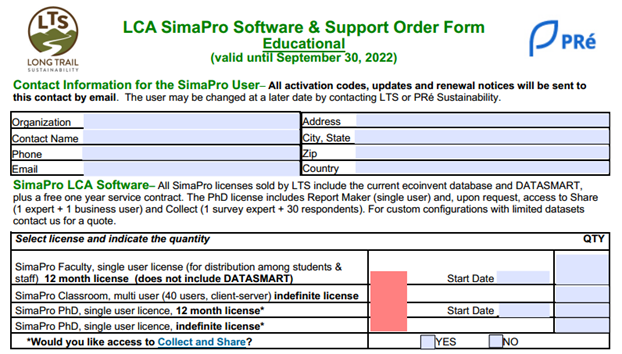
For those in the United States, you can contact the distributor, Long Trail Sustainability (LTS), to receive an order form. Complete it to proceed with your purchase. I’ve obscured the pricing information as it may have changed since my purchase in late 2022.
When you launch the software, you’ll see the following interface:
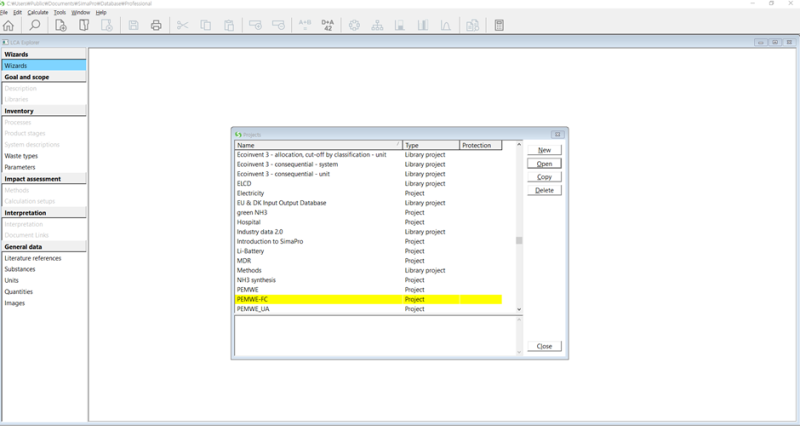
To create a new project, click the “New” button, enter a project name, and click “OK.” It’s advisable to use English for project names since non-Latin characters may not always display correctly. I’ll name mine “Tutorial.”
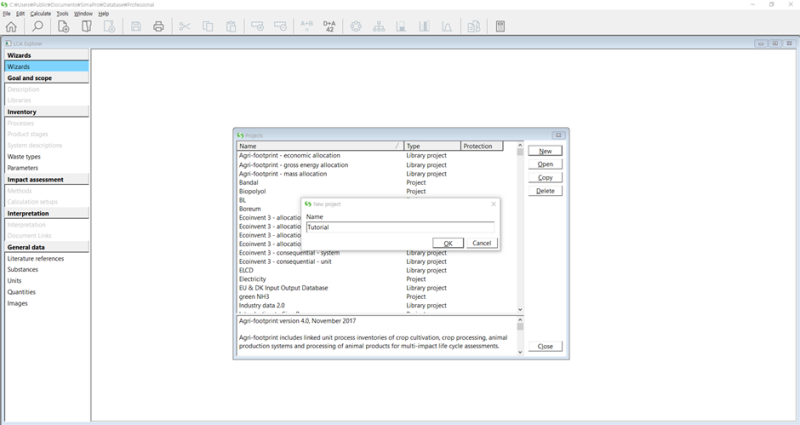
Configuring SimaPro for Effective Life Cycle Assessment
After creating your project, let’s configure SimaPro for optimal Life Cycle Assessment performance. Since the first step in performing an Life Cycle Assessment is defining the Goal and Scope, I’ll click on “Libraries” under “Goal and scope” in the Navigation panel on the left.
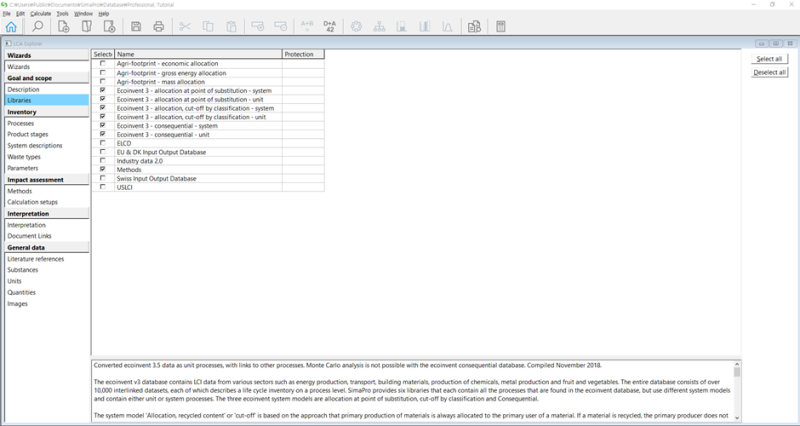
Here you can select the libraries we’ll use. I’ve chosen the Ecoinvent 3 Database and Methods. The Ecoinvent database is created based on ISO 14040 and 14044 standards published by the International Organization for Standardization and is the most widely used database in the field. The update to version 3 has enhanced information transparency, and it comes integrated with SimaPro.
Selecting Impact Assessment Methods
Once you’ve set up the libraries for defining the Goal and Scope, you’ll need to determine the method for deriving Life Cycle Impact Assessment results. Click on “Methods” under “Impact assessment” in the left navigation panel. I primarily use the global ReCiPe 2016 method, so I’ll select it and click “Set as default” to establish it as our Life Cycle Assessment methodology. ReCiPe is considered one of the most recently updated environmental impact assessment methods. It specifically divides environmental impact assessment into midpoint and endpoint approaches.
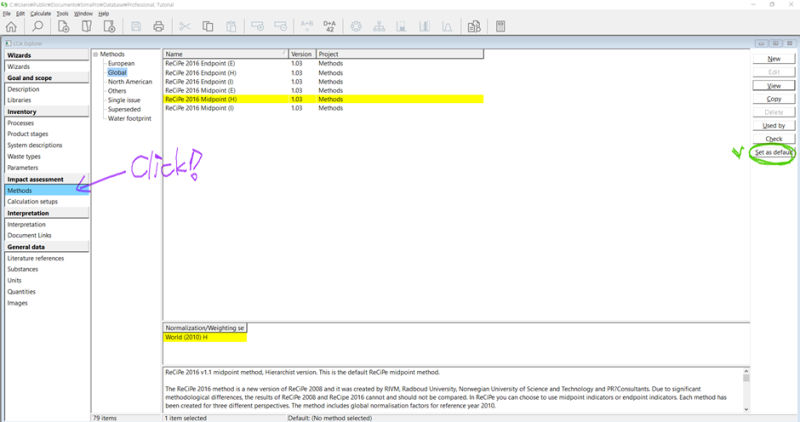
Since my environmental assessments typically focus on calculating carbon dioxide emissions throughout the life cycle, I use the midpoint method. However, if you’re interested in examining how various air pollutants affect human health beyond just carbon dioxide, you should utilize the endpoint method. To clarify, the midpoint approach examines each element individually, while the endpoint approach uses various midpoints to assess impacts on people, ecosystems, and resource availability from a broader perspective. Some of you might wonder about the designations (I), (H), and (E) next to “Midpoint.” These represent different perspectives:
- Individualistic perspective (I): Focuses on short-term benefits and impact types without room for debate; adopts a technological optimism perspective (uses a 20-year residence time when calculating greenhouse gas emissions)
- Hierarchist perspective (H): Centers on the most commonly used relevant policy principles (uses a 100-year residence time when calculating greenhouse gas emissions)
- Egalitarian perspective (E): Takes the most preventive approach; used when considering impact types that aren’t yet fully established (uses a 1000-year timeframe)
For general Life Cycle Assessment purposes, the hierarchist perspective is typically recommended.
With these settings complete, we have successfully configured SimaPro for conducting Life Cycle Assessment!